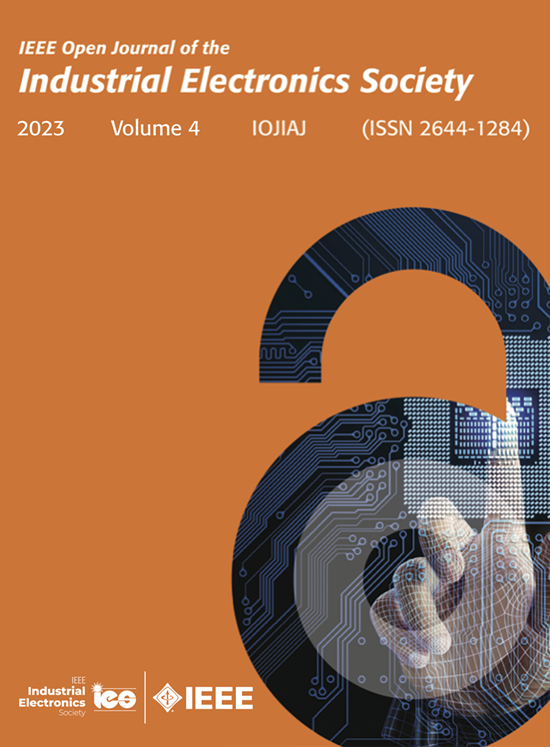光伏系统最大功率点跟踪体系的综合分类
IF 4.3
Q1 ENGINEERING, ELECTRICAL & ELECTRONIC
IEEE Open Journal of the Industrial Electronics Society
Pub Date : 2025-04-30
DOI:10.1109/OJIES.2025.3565902
引用次数: 0
摘要
在光伏(PV)系统中,不可避免的因素,如部分遮阳,光伏组件的非最佳安装角度,以及灰尘的积累导致不匹配,从而降低了能量产量。缓解这些问题的一个有希望的解决方案是使用分布式最大功率点跟踪(DMPPT)架构。为了减轻与失配相关的损失,文献中记录了许多DMPPT架构,包括全功率处理(FPP)和差分功率处理(DPP)。FPP包括微逆变器、模块化多电平级联逆变器和直流架构,如并联、串联和总交叉连接。DPP的变体包括串联DPP、并联DPP和串并联DPP架构。此外,新的DMPPT架构,如混合和分层架构,以及转换器拓扑和控制策略的进步,不断出现,旨在提高平化能源成本。每种新颖的解决方案都带来了不同的优势和挑战,但是大量的架构、电源转换器拓扑和控制方法导致了在浏览文献时的混乱和复杂性。本文系统地对各种DMPPT架构、相关转换器和控制策略进行了分类、回顾和比较,全面概述了DMPPT开发的发展前景。通过阐明现有的进展和确定进一步研究的差距,本综述旨在为推进DMPPT技术以提高光伏系统性能提供明确和指导。本文章由计算机程序翻译,如有差异,请以英文原文为准。
A Comprehensive Classification of State-of-the-Art Distributed Maximum Power Point Tracking Architectures for Photovoltaic Systems
In photovoltaic (PV) systems, unavoidable factors, such as partial shading, nonoptimal mounting angles of PV modules, and accumulation of dust result in mismatches, consequently diminishing energy yield. A promising solution to mitigate these issues is to use distributed maximum power point tracking (DMPPT) architectures. To alleviate mismatch-related losses, many DMPPT architectures, including full power processing (FPP) and differential power processing (DPP), have been documented in the literature. FPP encompasses techniques, such as microinverters, modular multilevel cascade inverters, and dc architectures, such as parallel, series, and total cross-tied. DPP variants include series DPP, parallel DPP, and series–parallel DPP architectures. Moreover, novel DMPPT architectures, such as hybrid and hierarchical architectures, along with advancements in converter topologies and control strategies, continue to emerge, aiming to improve levelized cost of energy. Each novel solution brings distinct advantages and challenges, but the extensive number of architectures, power converters topologies, and control methods have led to confusion and complexity in navigating the literature. This article systematically categorizes, reviews, and compares various DMPPT architectures, associated converters, and control strategies, providing a comprehensive overview of the evolving landscape of DMPPT development. By elucidating existing advancements and identifying gaps for further research, this review aims to offer clarity and guidance in advancing DMPPT technology for enhanced PV system performance.
求助全文
通过发布文献求助,成功后即可免费获取论文全文。
去求助
来源期刊

IEEE Open Journal of the Industrial Electronics Society
ENGINEERING, ELECTRICAL & ELECTRONIC-
CiteScore
10.80
自引率
2.40%
发文量
33
审稿时长
12 weeks
期刊介绍:
The IEEE Open Journal of the Industrial Electronics Society is dedicated to advancing information-intensive, knowledge-based automation, and digitalization, aiming to enhance various industrial and infrastructural ecosystems including energy, mobility, health, and home/building infrastructure. Encompassing a range of techniques leveraging data and information acquisition, analysis, manipulation, and distribution, the journal strives to achieve greater flexibility, efficiency, effectiveness, reliability, and security within digitalized and networked environments.
Our scope provides a platform for discourse and dissemination of the latest developments in numerous research and innovation areas. These include electrical components and systems, smart grids, industrial cyber-physical systems, motion control, robotics and mechatronics, sensors and actuators, factory and building communication and automation, industrial digitalization, flexible and reconfigurable manufacturing, assistant systems, industrial applications of artificial intelligence and data science, as well as the implementation of machine learning, artificial neural networks, and fuzzy logic. Additionally, we explore human factors in digitalized and networked ecosystems. Join us in exploring and shaping the future of industrial electronics and digitalization.
 求助内容:
求助内容: 应助结果提醒方式:
应助结果提醒方式:


